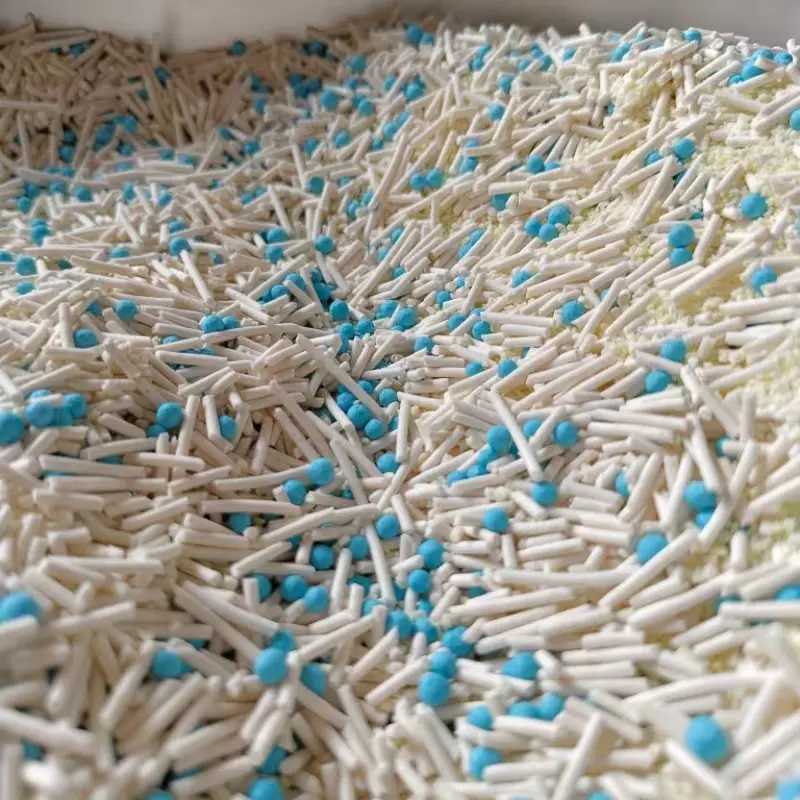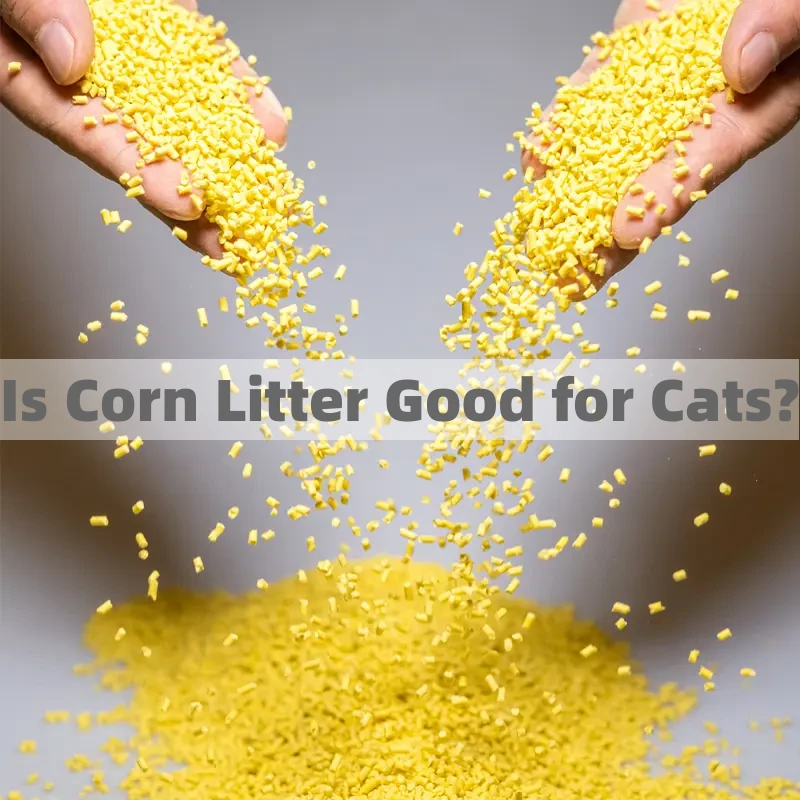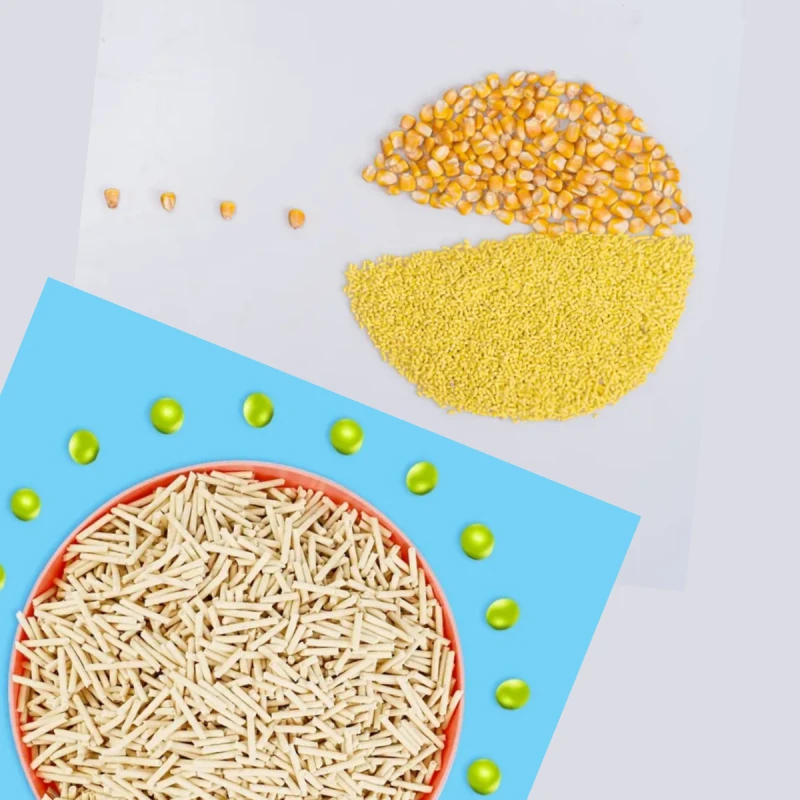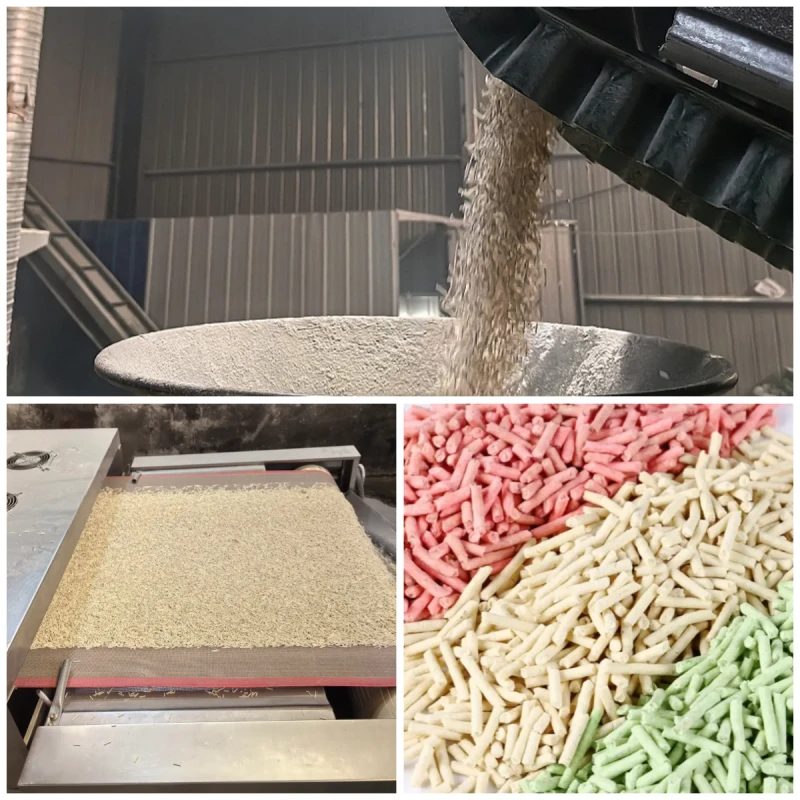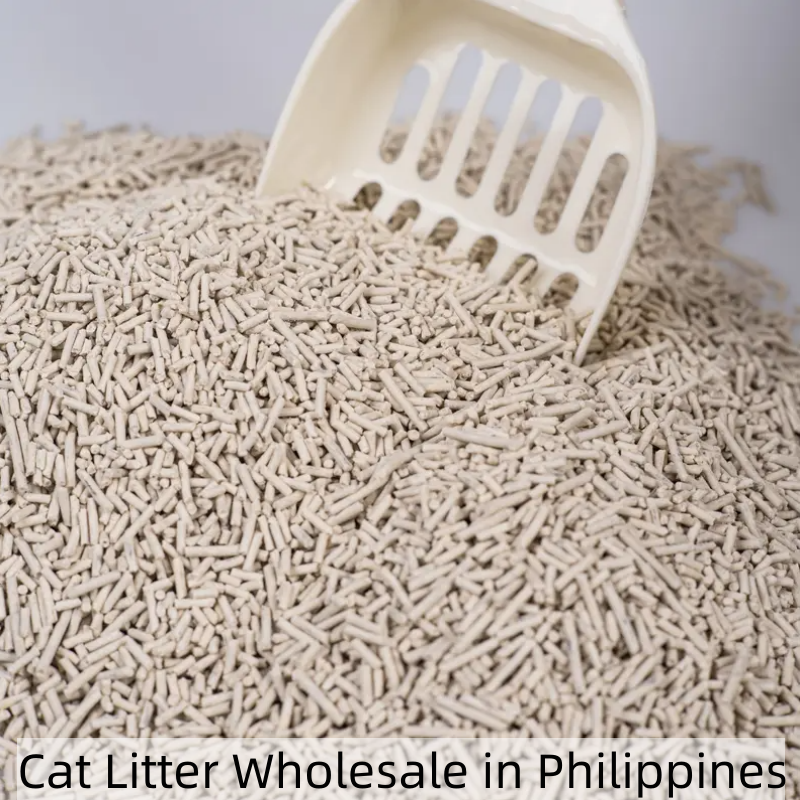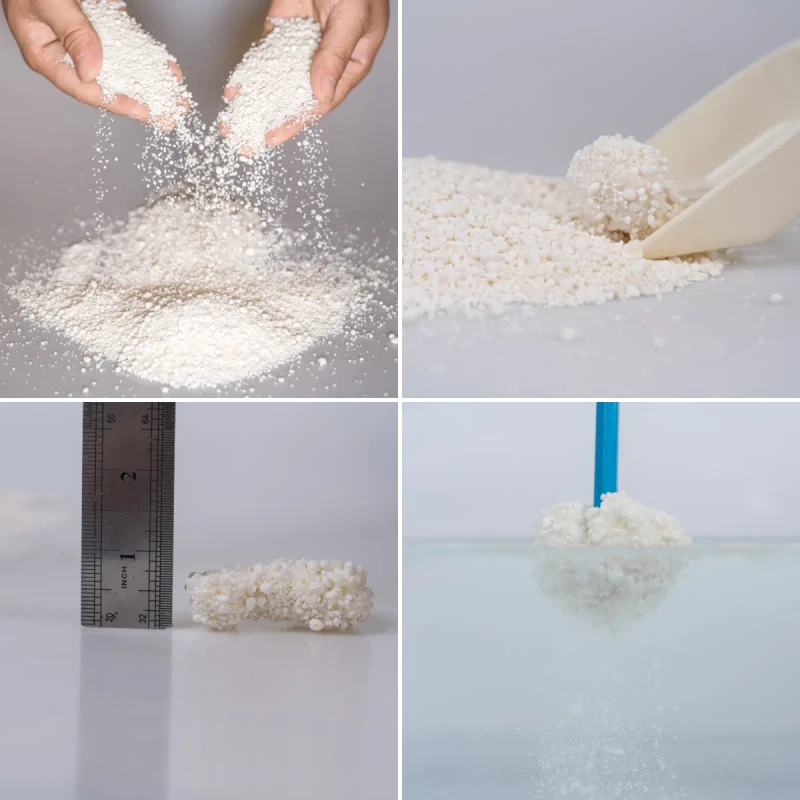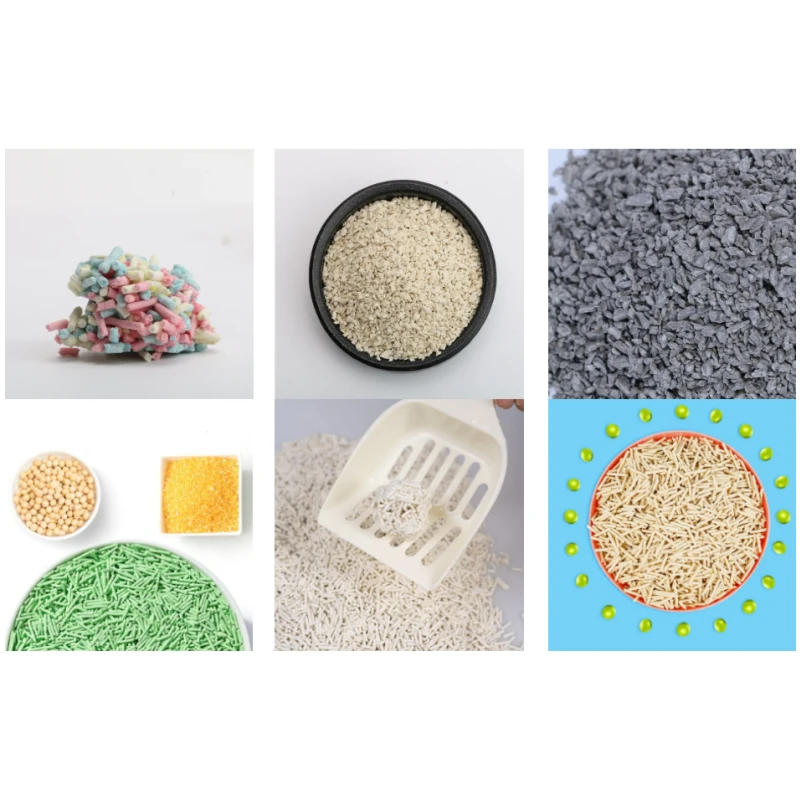Choosing the right cat litter is crucial for both the comfort of your feline friend and the ease of maintaining a clean and odor-free home. With a plethora of options available, each type of cat litter comes with its own set of advantages and disadvantages. This article provides a detailed analysis of various types of cat litter, including tofu cat litter, corn cat litter, and more, to help you make an informed decision.
1. Clay Cat Litter
1.1 Overview
Clay cat litter is one of the most traditional and widely used types of cat litter. It is made from natural clay, which is highly absorbent and forms clumps when wet.
1.2 Pros
Absorbency: Clay is highly absorbent, making it effective at controlling moisture and odor.
Clumping: Forms tight clumps that are easy to scoop out, simplifying the cleaning process.
Cost-Effective: Generally more affordable compared to other types of cat litter.
Availability: Widely available in most pet stores and supermarkets.
1.3 Cons
Dust: Can produce a significant amount of dust, which can be harmful to both cats and humans, especially those with respiratory issues.
Weight: Heavy to carry and dispose of, making it less convenient for some pet owners.
Environmental Impact: Non-biodegradable and often strip-mined, contributing to environmental degradation.
Tracking: Small particles can easily stick to your cat's paws and be tracked around the house.
2. Silica Gel Cat Litter
2.1 Overview
Silica gel cat litter is made from sodium silicate sand that is processed into granular form. It is known for its high absorbency and odor control properties.
2.2 Pros
High Absorbency: Can absorb large amounts of liquid, reducing the frequency of litter changes.
Odor Control: Excellent at trapping and neutralizing odors.
Low Dust: Produces minimal dust, making it a better option for those with respiratory issues.
Lightweight: Easier to handle and dispose of compared to clay litter.
2.3 Cons
Cost: More expensive than traditional clay litter.
Texture: Some cats may find the texture uncomfortable or unnatural.
Non-Clumping: Does not clump, making it harder to scoop out waste.
Environmental Impact: Non-biodegradable and not environmentally friendly.
3. Tofu Cat Litter
3.1 Overview
Tofu cat litter is made from natural soybean by-products. It is biodegradable, flushable, and known for its excellent clumping and odor control properties.
3.2 Pros
Biodegradable: Environmentally friendly and sustainable.
Flushable: Can be flushed down the toilet, making disposal easier.
Clumping: Forms tight clumps that are easy to scoop.
Odor Control: Effective at neutralizing odors.
Low Dust: Produces minimal dust, making it safer for respiratory health.
3.3 Cons
Cost: Generally more expensive than traditional clay litter.
Availability: May not be as widely available as other types of litter.
Tracking: Lightweight particles can be tracked around the house.
4. Corn Cat Litter
4.1 Overview
Corn cat litter is made from natural corn kernels. It is biodegradable, clumping, and known for its excellent odor control properties.
4.2 Pros
Biodegradable: Environmentally friendly and sustainable.
Clumping: Forms tight clumps that are easy to scoop.
Odor Control: Effective at neutralizing odors.
Low Dust: Produces minimal dust, making it safer for respiratory health.
Lightweight: Easier to handle and dispose of compared to clay litter.
4.3 Cons
Cost: Generally more expensive than traditional clay litter.
Availability: May not be as widely available as other types of litter.
Tracking: Lightweight particles can be tracked around the house.
Mold Risk: Can develop mold if not stored properly.
5. Pine Cat Litter
5.1 Overview
Pine cat litter is made from compressed pine sawdust. It is biodegradable, has a natural pine scent, and is known for its excellent absorbency and odor control properties.
5.2 Pros
Biodegradable: Environmentally friendly and sustainable.
Natural Scent: The pine scent helps to neutralize odors.
Absorbency: Highly absorbent, reducing the frequency of litter changes.
Low Dust: Produces minimal dust, making it safer for respiratory health.
5.3 Cons
Texture: Some cats may find the texture uncomfortable or unnatural.
Cost: Generally more expensive than traditional clay litter.
Availability: May not be as widely available as other types of litter.
Tracking: Lightweight particles can be tracked around the house.
6. Wheat Cat Litter
6.1 Overview
Wheat cat litter is made from natural wheat by-products. It is biodegradable, clumping, and known for its excellent odor control properties.
6.2 Pros
Biodegradable: Environmentally friendly and sustainable.
Clumping: Forms tight clumps that are easy to scoop.
Odor Control: Effective at neutralizing odors.
Low Dust: Produces minimal dust, making it safer for respiratory health.
Lightweight: Easier to handle and dispose of compared to clay litter.
6.3 Cons
Cost: Generally more expensive than traditional clay litter.
Availability: May not be as widely available as other types of litter.
Tracking: Lightweight particles can be tracked around the house.
Allergies: Some cats and humans may be allergic to wheat.
7. Recycled Paper Cat Litter
7.1 Overview
Recycled paper cat litter is made from recycled paper products. It is biodegradable, lightweight, and known for its excellent absorbency and odor control properties.
7.2 Pros
Biodegradable: Environmentally friendly and sustainable.
Lightweight: Easier to handle and dispose of compared to clay litter.
Absorbency: Highly absorbent, reducing the frequency of litter changes.
Low Dust: Produces minimal dust, making it safer for respiratory health.
Soft Texture: Comfortable for cats with sensitive paws.
7.3 Cons
Clumping: Does not clump, making it harder to scoop out waste.
Cost: Generally more expensive than traditional clay litter.
Availability: May not be as widely available as other types of litter.
Odor Control: May not be as effective at neutralizing odors as other types of litter.
8. Walnut Shell Cat Litter
8.1 Overview
Walnut shell cat litter is made from crushed walnut shells. It is biodegradable, clumping, and known for its excellent odor control properties.
8.2 Pros
Biodegradable: Environmentally friendly and sustainable.
Clumping: Forms tight clumps that are easy to scoop.
Odor Control: Effective at neutralizing odors.
Low Dust: Produces minimal dust, making it safer for respiratory health.
Natural Texture: Comfortable for most cats.
8.3 Cons
Cost: Generally more expensive than traditional clay litter.
Availability: May not be as widely available as other types of litter.
Tracking: Lightweight particles can be tracked around the house.
Allergies: Some cats and humans may be allergic to walnut shells.
9. Grass Cat Litter
9.1 Overview
Grass cat litter is made from natural grass fibers. It is biodegradable, clumping, and known for its excellent odor control properties.
9.2 Pros
Biodegradable: Environmentally friendly and sustainable.
Clumping: Forms tight clumps that are easy to scoop.
Odor Control: Effective at neutralizing odors.
Low Dust: Produces minimal dust, making it safer for respiratory health.
Lightweight: Easier to handle and dispose of compared to clay litter.
9.3 Cons
Cost: Generally more expensive than traditional clay litter.
Availability: May not be as widely available as other types of litter.
Tracking: Lightweight particles can be tracked around the house.
Mold Risk: Can develop mold if not stored properly.
10. Crystal Cat Litter
10.1 Overview
Crystal cat litter is made from silica gel crystals. It is highly absorbent and known for its excellent odor control properties.
10.2 Pros
High Absorbency: Can absorb large amounts of liquid, reducing the frequency of litter changes.
Odor Control: Excellent at trapping and neutralizing odors.
Low Dust: Produces minimal dust, making it a better option for those with respiratory issues.
Lightweight: Easier to handle and dispose of compared to clay litter.
10.3 Cons
Cost: More expensive than traditional clay litter.
Texture: Some cats may find the texture uncomfortable or unnatural.
Non-Clumping: Does not clump, making it harder to scoop out waste.
Environmental Impact: Non-biodegradable and not environmentally friendly.
Conclusion
Choosing the right cat litter involves considering various factors such as absorbency, odor control, dust production, environmental impact, and cost. Each type of cat litter has its own set of pros and cons, and the best choice depends on your specific needs and preferences. Whether you prioritize environmental sustainability, ease of cleaning, or cost-effectiveness, there is a cat litter type that will suit your requirements. By understanding the advantages and disadvantages of each type, you can make an informed decision that ensures the comfort of your feline friend and the cleanliness of your home.
790.webp)
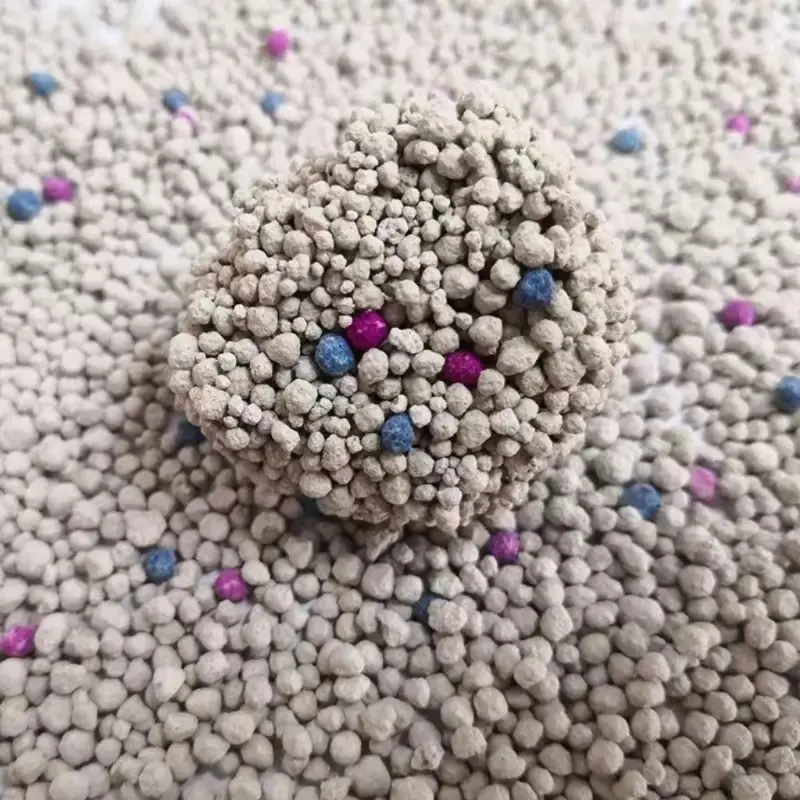
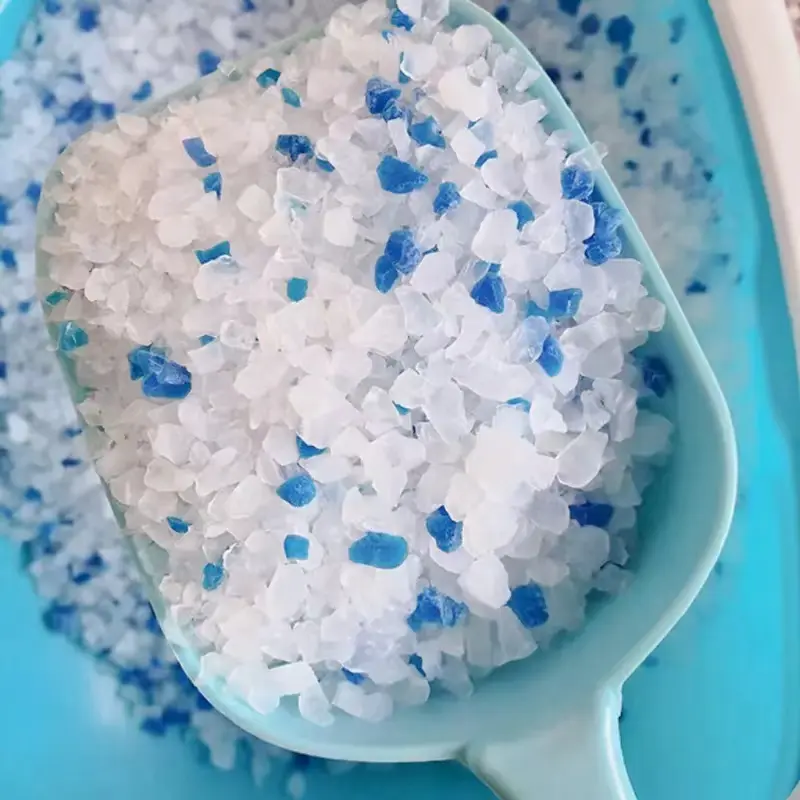
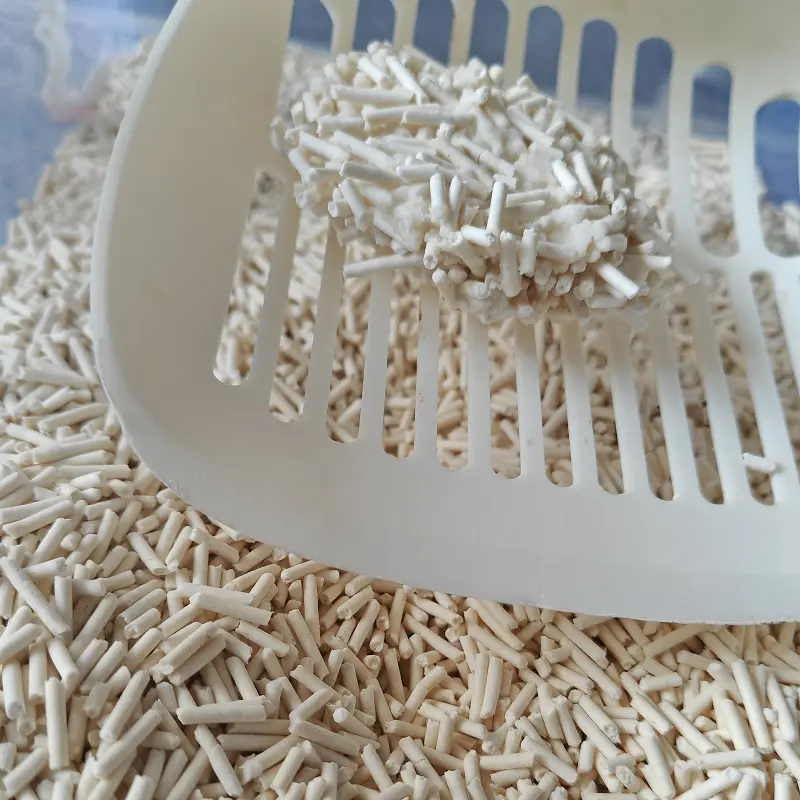

387.webp)
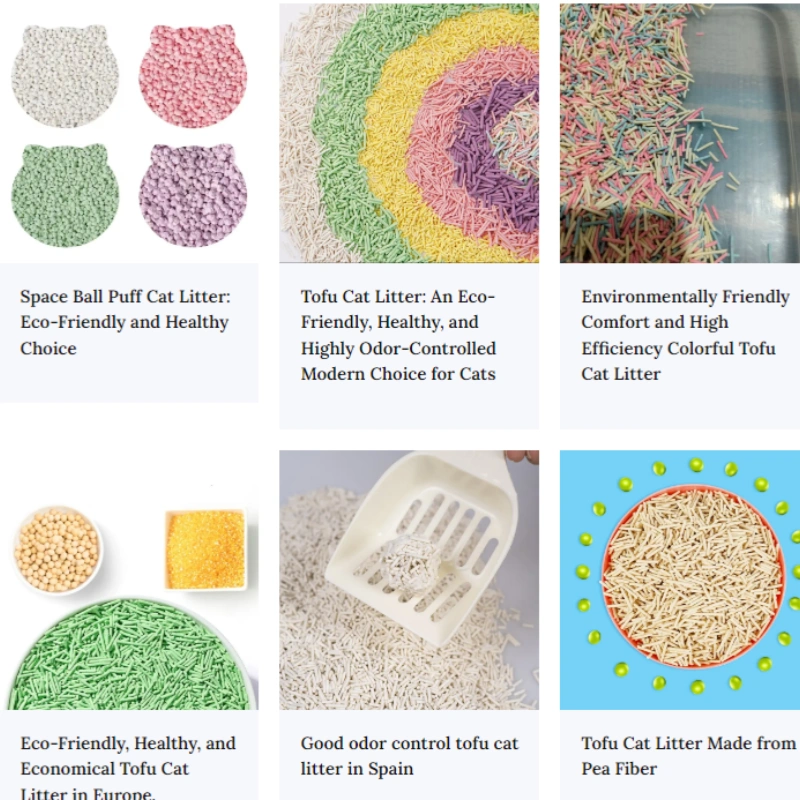
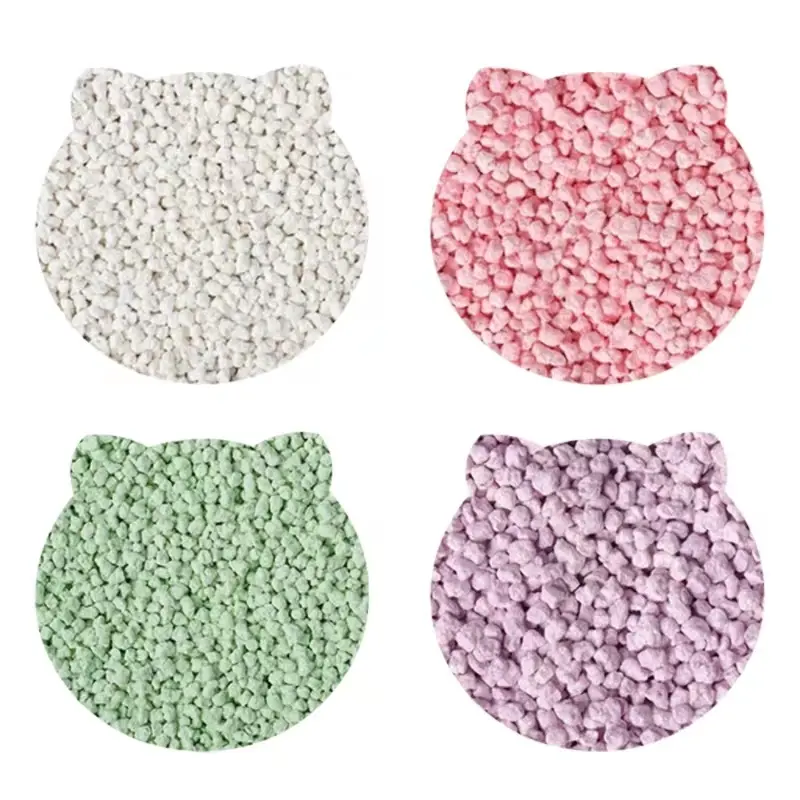
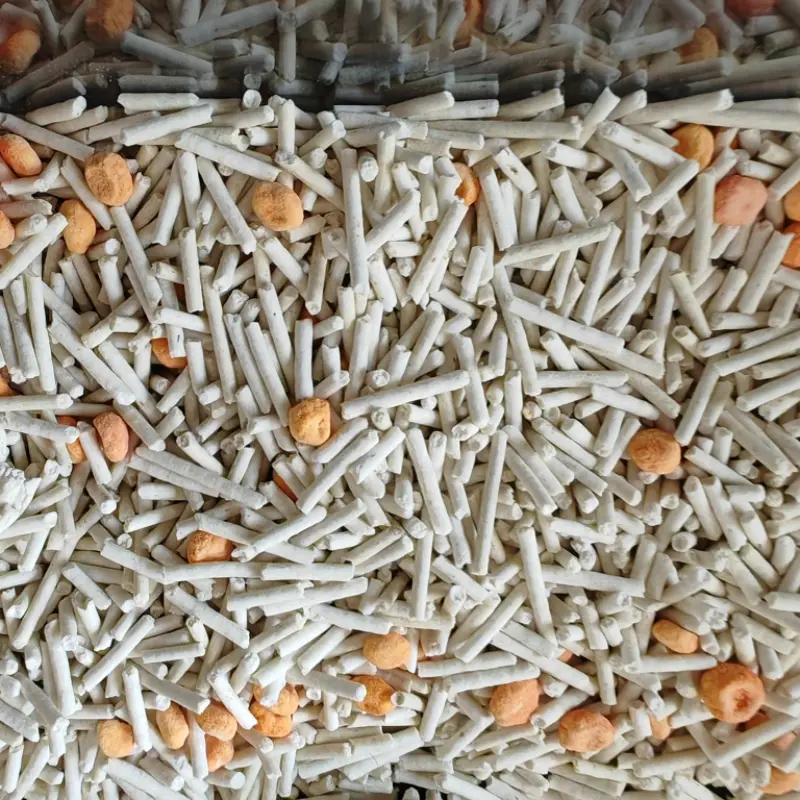
122.webp)
